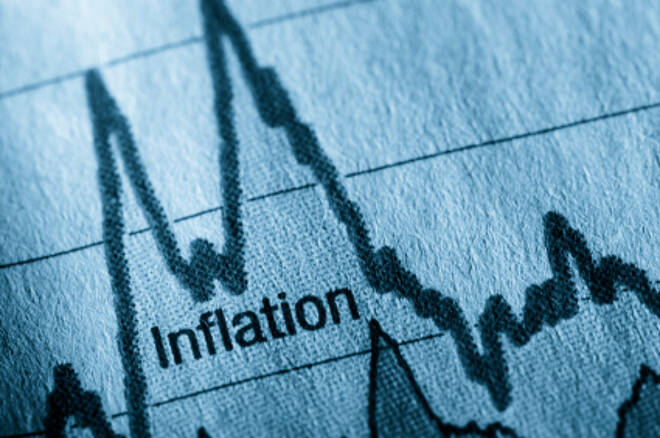Advertisement
Advertisement
Inflation Turning the Corner, US Recession Fears Overdone
By:
Summary: Broad turnaround in inflation is widely expected, but evidence of increase in inflation will be confirmed only after May’s data Fed signaled that
Summary:
- Broad turnaround in inflation is widely expected, but evidence of increase in inflation will be confirmed only after May’s data
- Fed signaled that it prefers to err on the side of caution when it comes to hiking rates
- Manufacturing turnaround after a weak start in 2016
- US economic growth moving at a steady pace
- Return to monetary policy divergence sooner than later
- Current dip in the US dollar to provide an opportunity for investors to position on the long side over the longer term horizon
After years of struggling with extra-accommodative monetary policy coming off the back of a global financial crisis, central banks around the world are seeing signs of inflationary pressures finally returning. While the year of 2016 started off on a sour note characterized by falling inflation expectations, weak consumer spending and falling oil prices and commodity markets, recent economic data is showing signs that inflation is more likely set to return. US core inflation raced to 1.70% in February on a year over year basis up from 1.40% at the end of 2015. In the Eurozone, core inflation edged higher to 1.0% in March, a positive print from 0.80% a month ago reversing the declines. Global commodity prices have also managed to turn around, gaining over 10% since hitting lows in February. While inflation data should send some positive vibes, it is quite possible that the recent turnaround was due to seasonal factors and it will be only until May that the markets may get to see if the recent turn around in inflation was seasonal or more fundamental.
Last week, Federal Reserve Chairwoman, Janet Yellen hinted at the Fed’s gradual approach to hiking rates, noting that further evidence was required in the inflation data. The comments might have sent the Dollar lower, but the true gist of the statement was that the Fed prefers to wait and err on the side of caution rather than hike rates too early.
With the first quarter done with, economic data from the US is likely to put recessionary fears to rest. Friday’s Institute of Supply Management’s March index of manufacturing PMI showed an expansion for the first time in nearly six months, rising from 49.5 in February to 51.8 in March. With evidence that the ISM index has bottomed out in December/January, further evidence of a pickup in the ISM manufacturing index will be well cheered.
Friday’s jobs report for March also showed a reasonable print with the US economy adding 215k jobs putting the monthly average gains in the first quarter of 2016 at 209k, up from 190k compared to the first three months of 2015. US average hourly earnings data was also positive, rising by 0.30% pushing the year over year increase to 2.30%.
The fourth quarter GDP was also confirmed higher in the third estimate at 1.40% and the first quarter GDP is expected to rise at a slower pace of 0.70% in the first three months of 2016. However, compared to the previous year, the Q1 GDP is broadly positive.
Going by the recent GDP estimates from the Atlanta Fed’s GDP Now Model, a confirmed US Q1 GDP near 0.70% would mean that the first quarter of 2016, under tighter monetary policy conditions has seen the US economy perform at a similar level in Q1 of 2012.
While the US dollar might be in a downtrend for the moment, it is more than likely that it will only be a matter of time before the dollar turns around and monetary policy divergence trade will be back in play. For now, the current dips in the US dollar should offer long term investors potential opportunity to position for the longer term rally.
This article was written by Christopher Glen, Head Analyst of Binarybrokerz.com
About the Author
Christopher Glenauthor
Latest news and analysis
Advertisement
